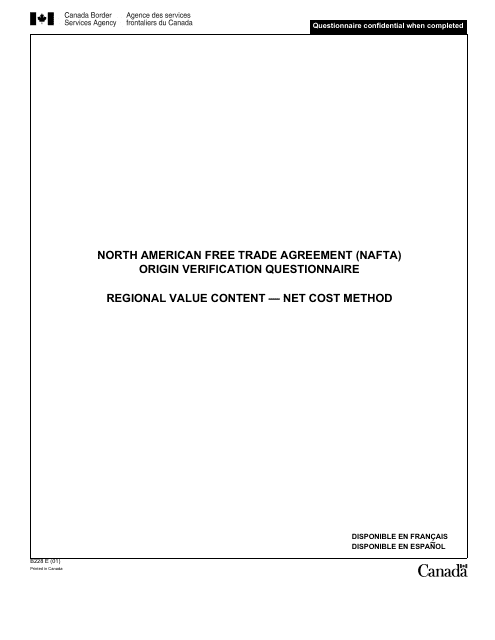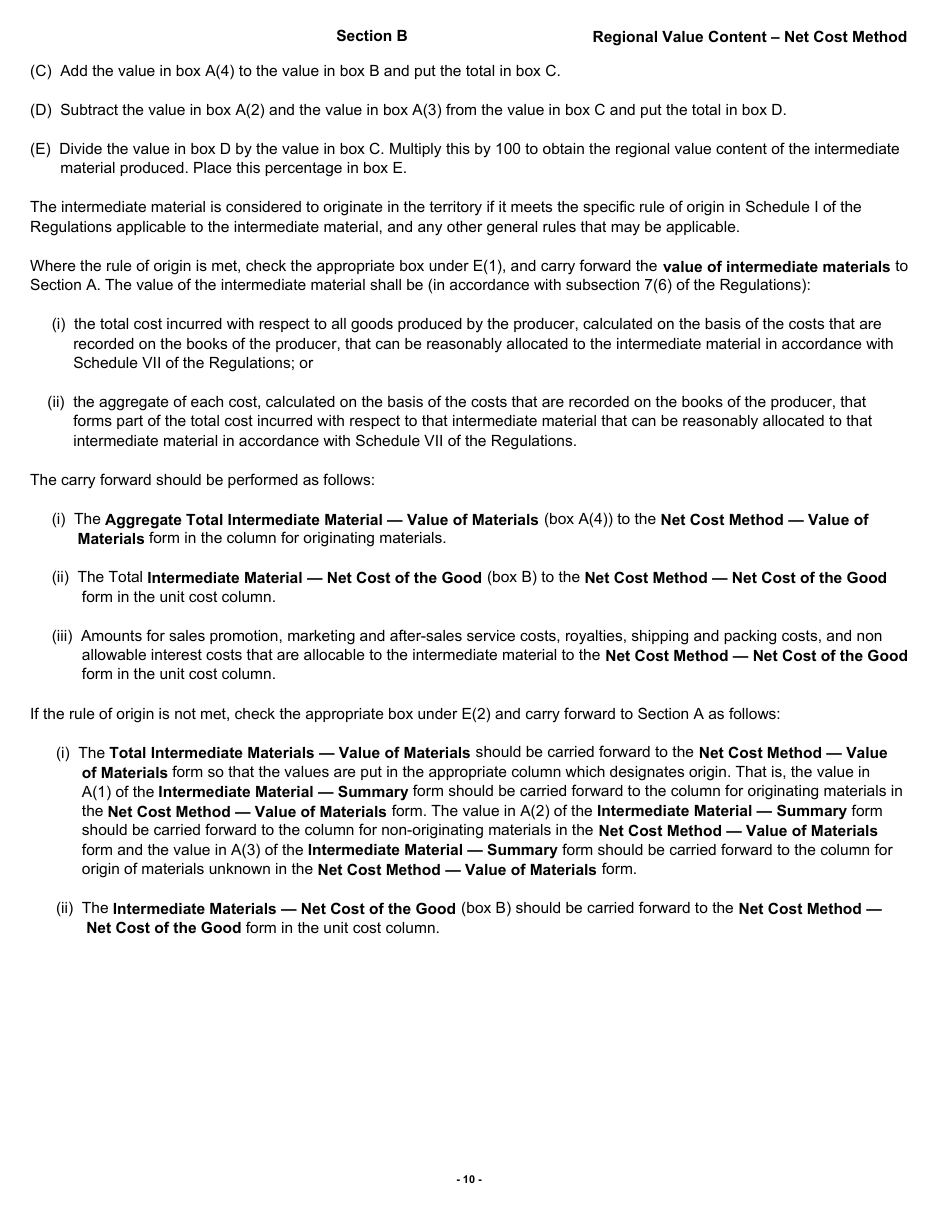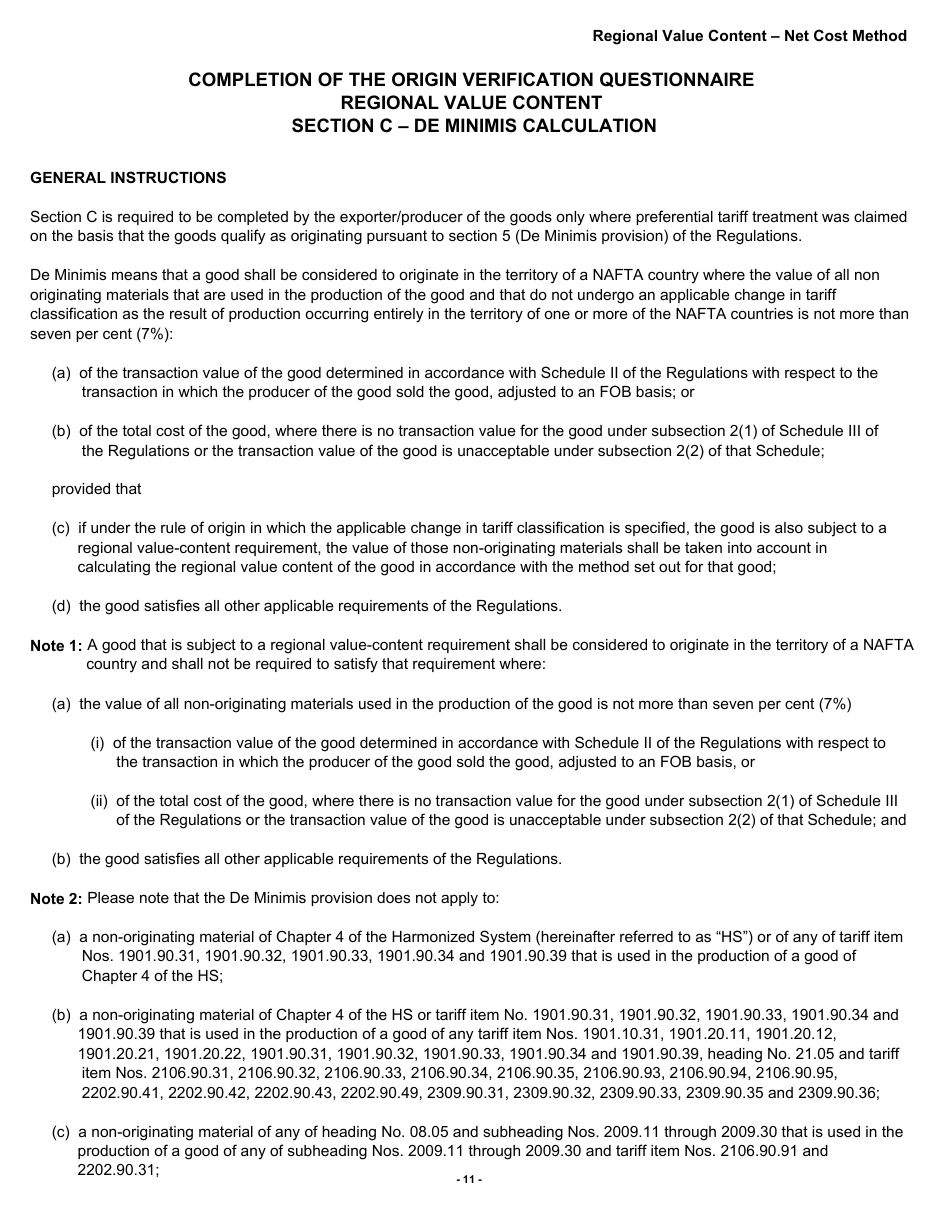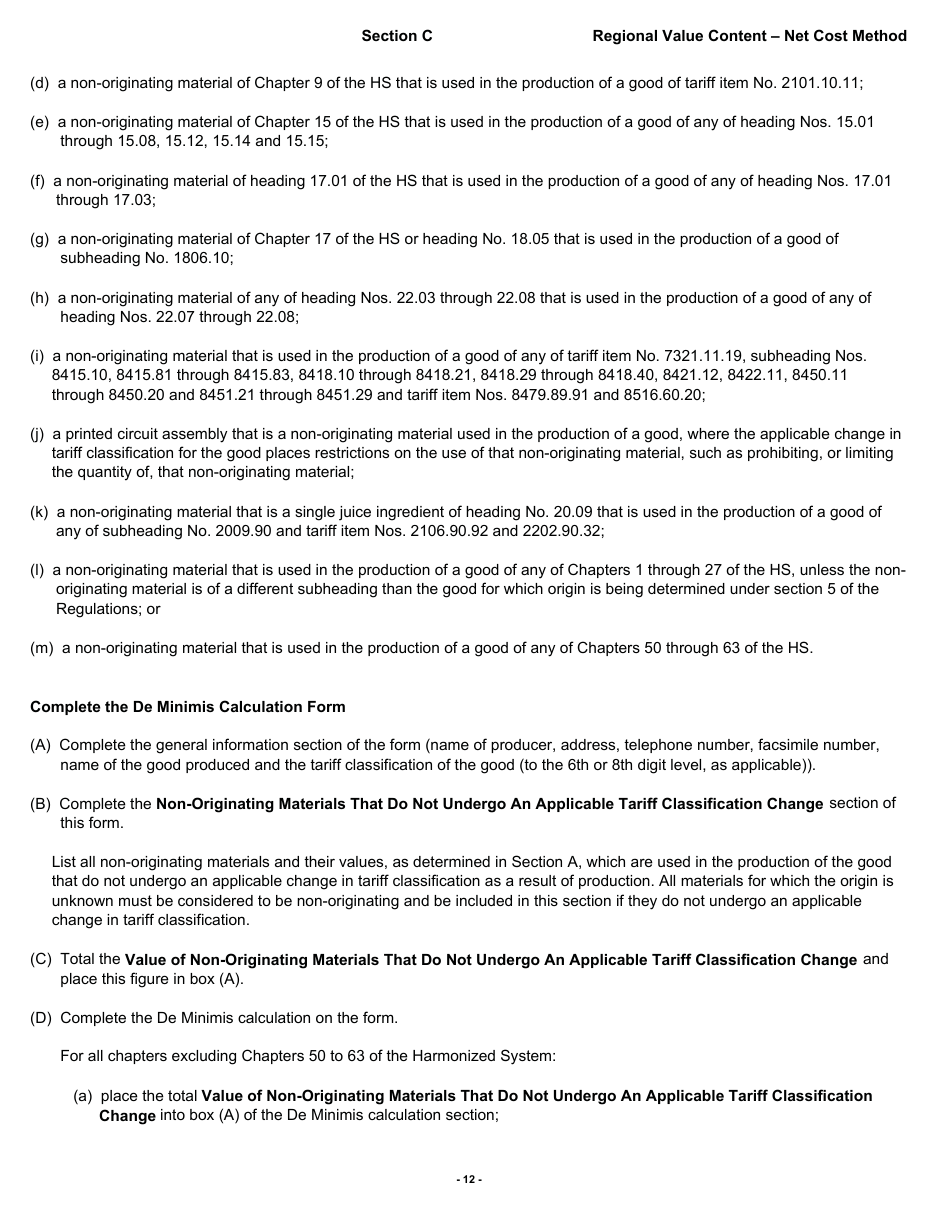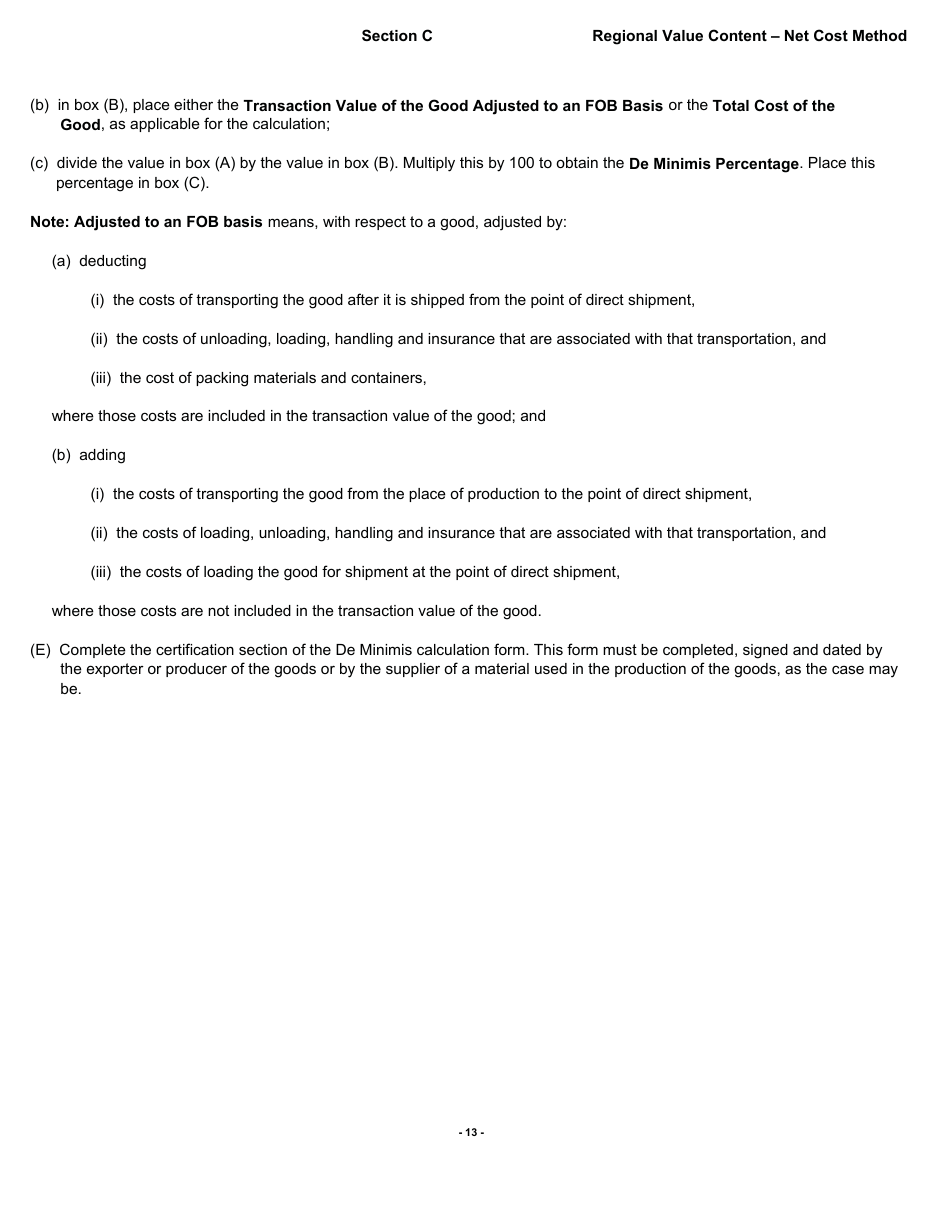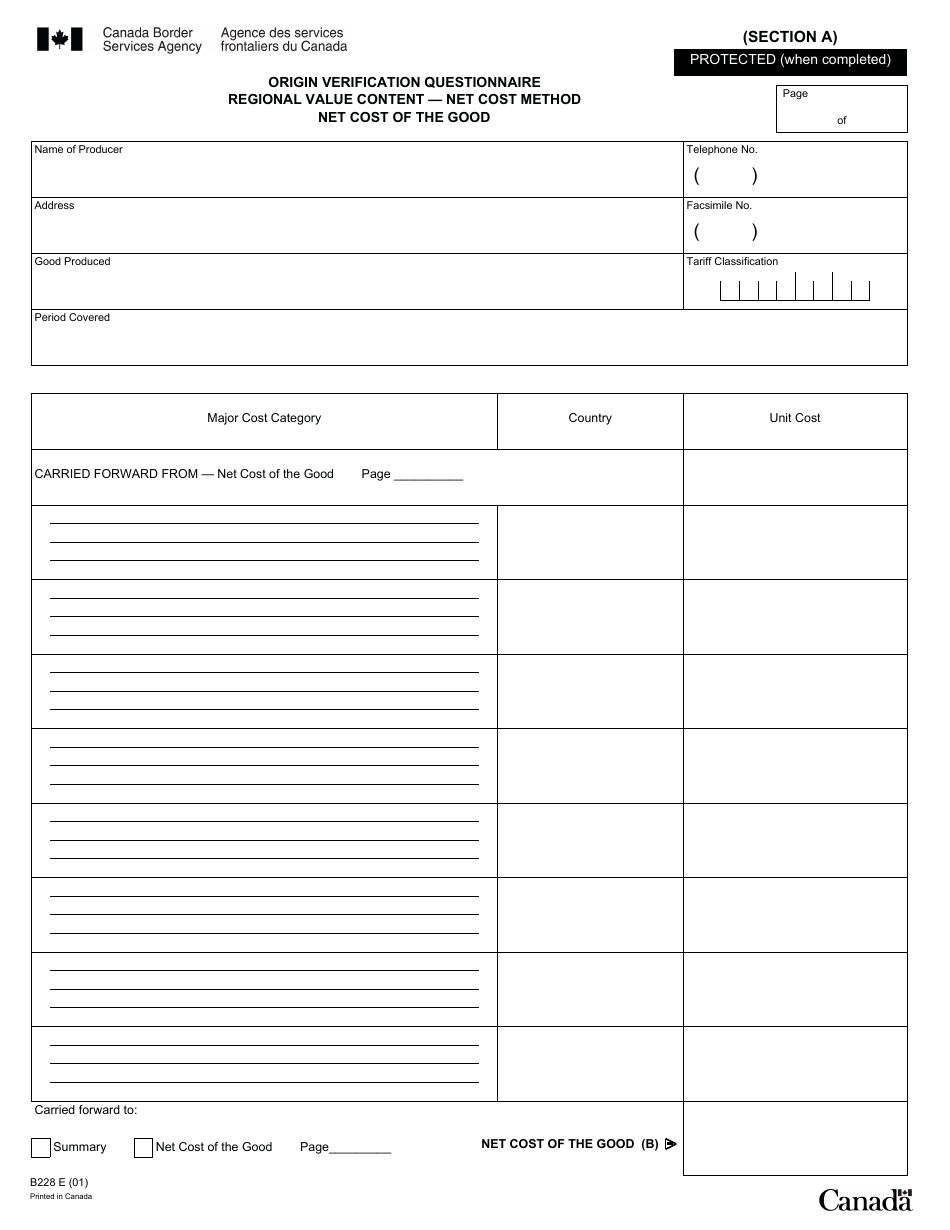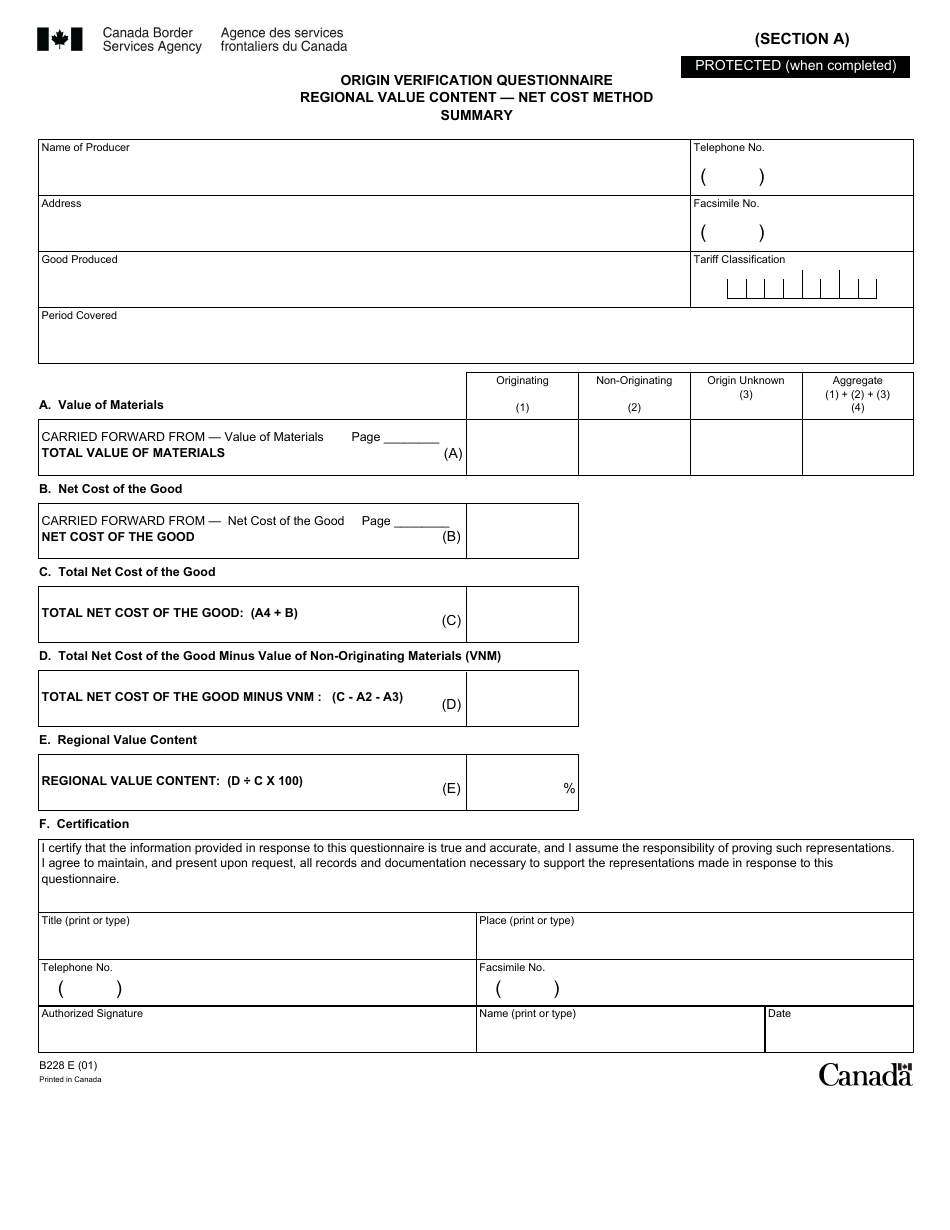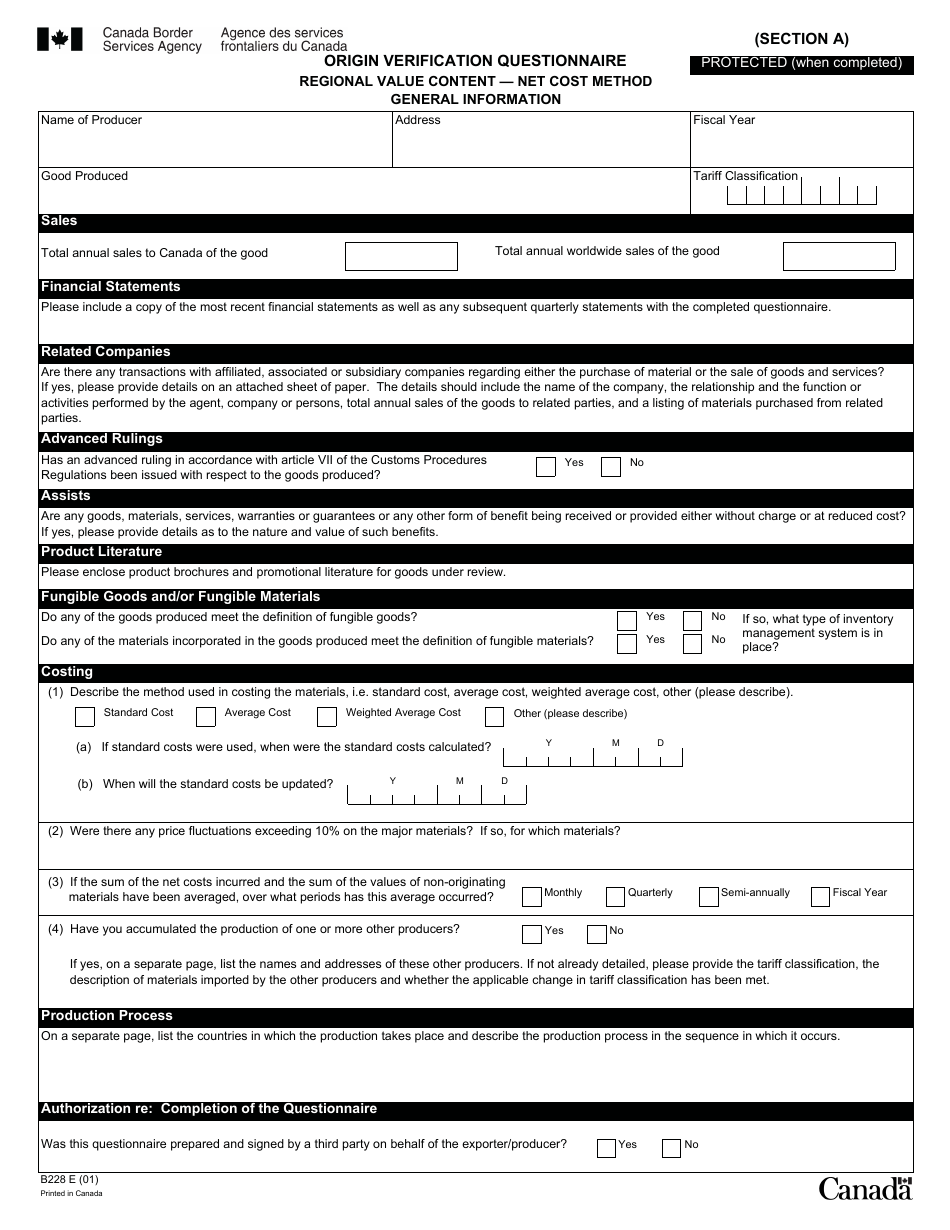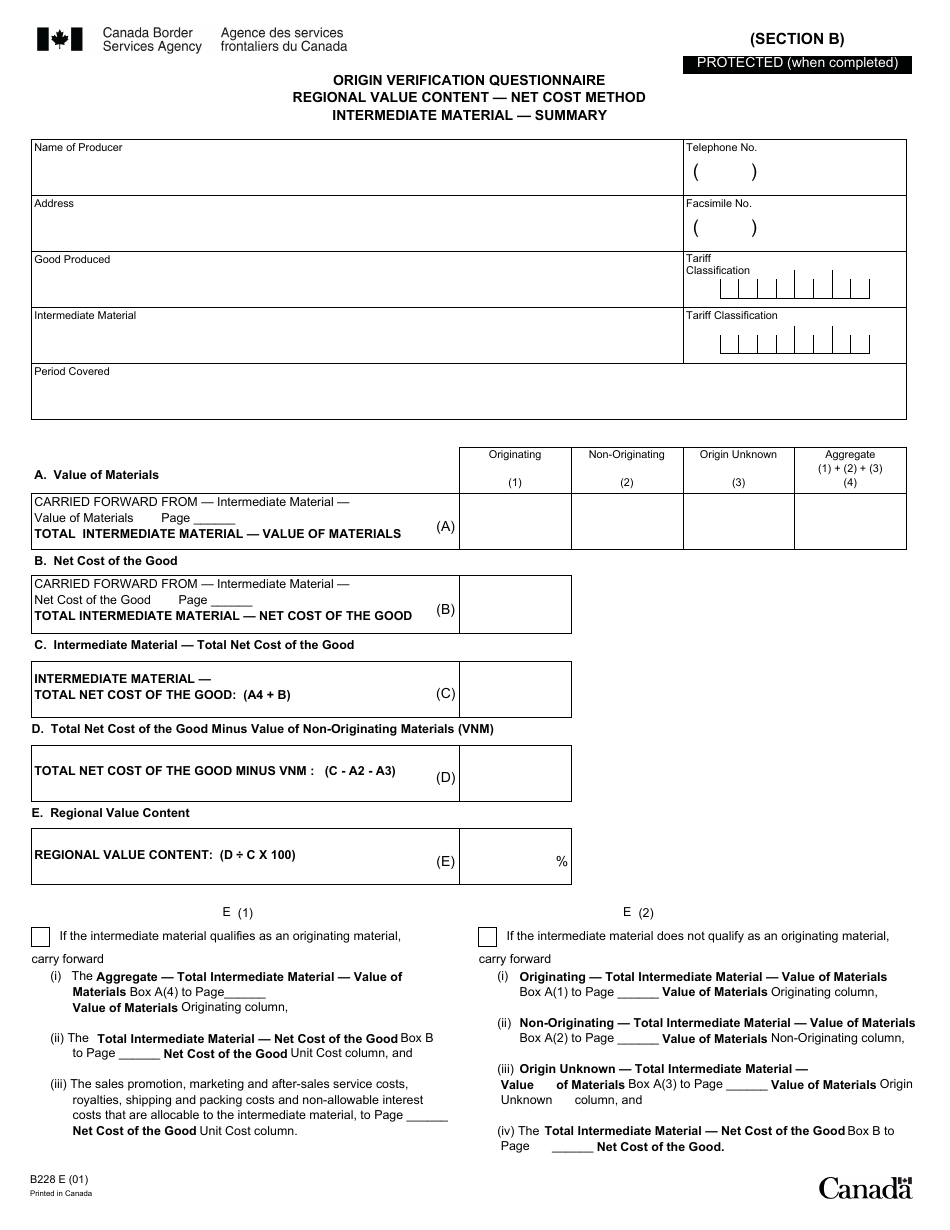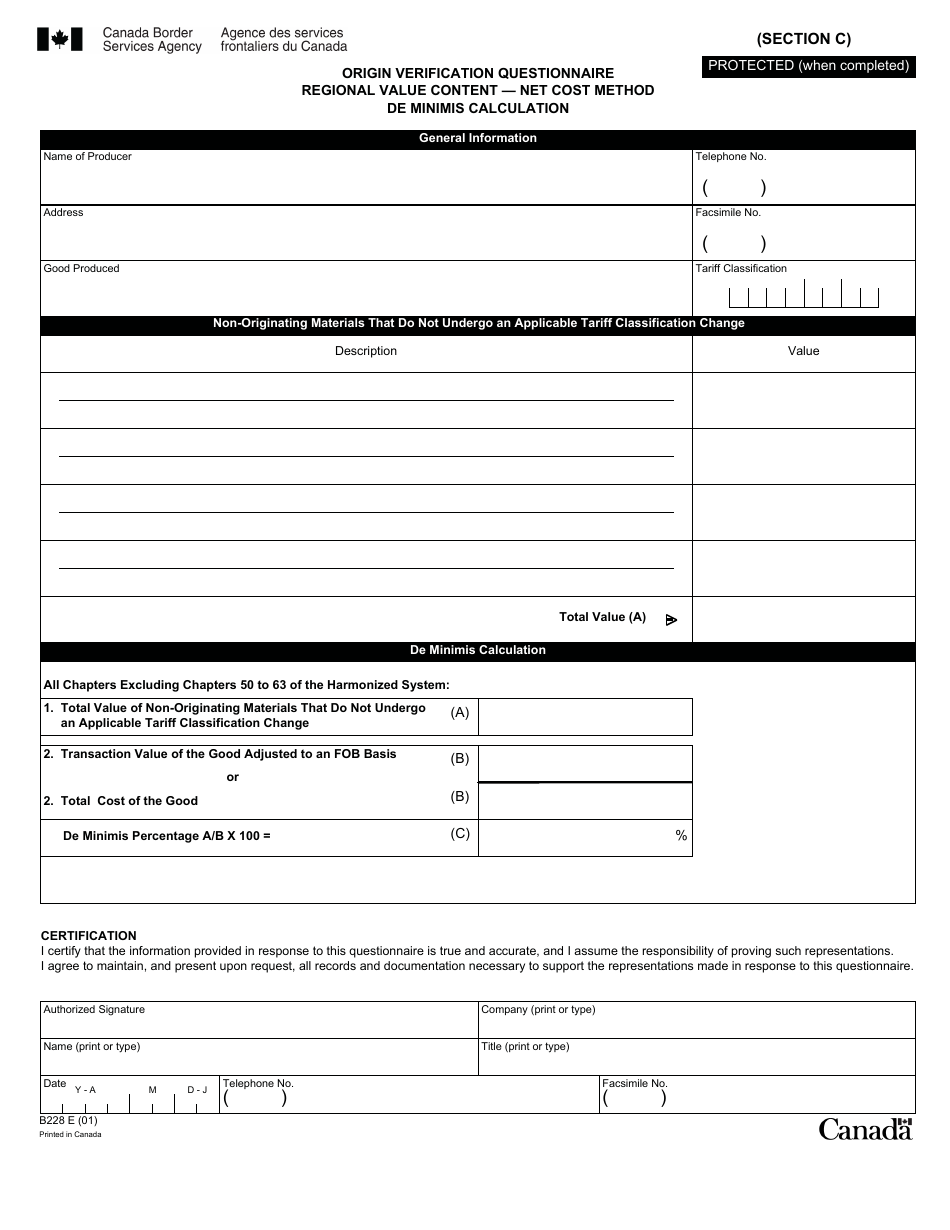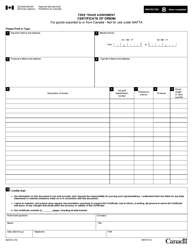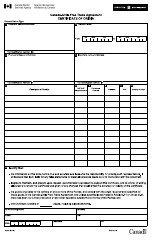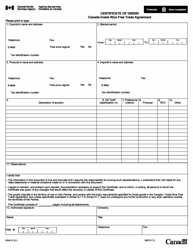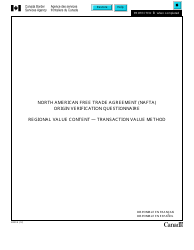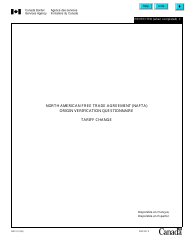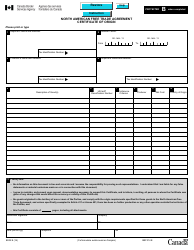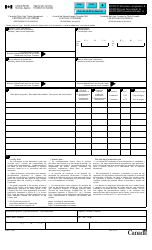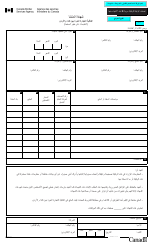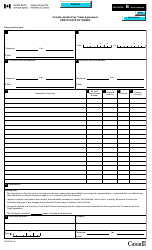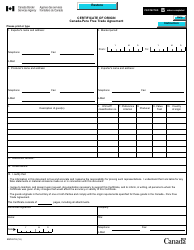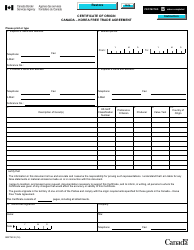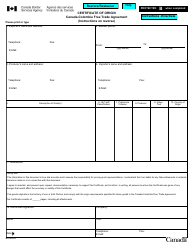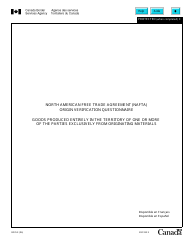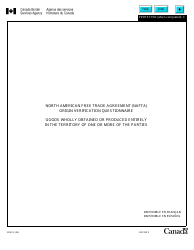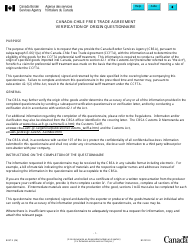Form B228 North American Free Trade Agreement (Nafta) Origin Verification Questionnaire Regional Value Content - Net Cost Method - Canada
The Form B228 is used for verifying the regional value content and net cost method under the North American Free Trade Agreement (NAFTA) for goods imported from Canada. It helps determine whether the goods qualify for preferential tariff treatment.
FAQ
Q: What is Form B228?
A: Form B228 is a questionnaire used to verify the origin of goods under the North American Free Trade Agreement (NAFTA) in Canada.
Q: What is the purpose of Form B228?
A: The purpose of Form B228 is to determine the regional value content of goods and calculate their net cost under NAFTA.
Q: What is regional value content?
A: Regional value content is the percentage of the total value of a good that originates from North America as defined by NAFTA.
Q: What is the net cost method?
A: The net cost method is a calculation used to determine the value of a good by deducting certain specified costs from its total cost of production.
Q: Who uses Form B228?
A: Form B228 is used by Canadian exporters, producers, or manufacturers who want to claim preferential tariff treatment under NAFTA.
Q: What is preferential tariff treatment?
A: Preferential tariff treatment allows eligible goods to be imported into the United States or Mexico at reduced or eliminated tariff rates.
Q: What is NAFTA?
A: The North American Free Trade Agreement (NAFTA) is a trilateral trade agreement between the United States, Canada, and Mexico, aimed at promoting economic integration and reducing trade barriers among the three countries.
